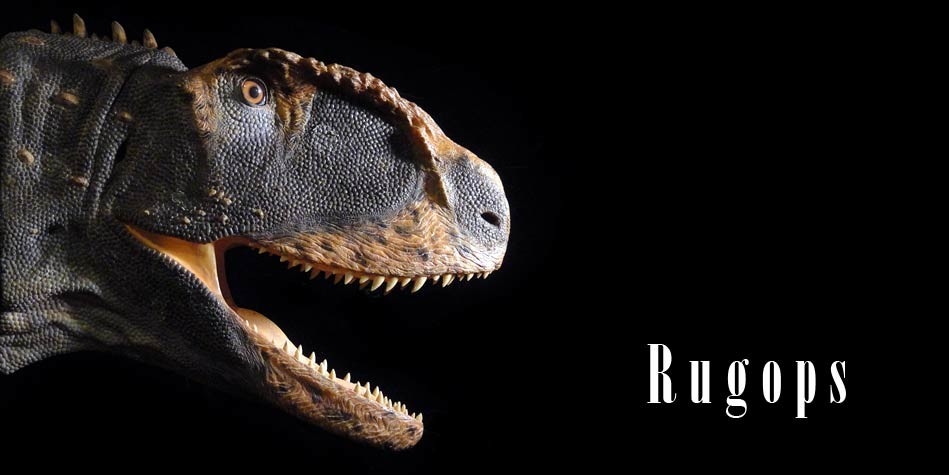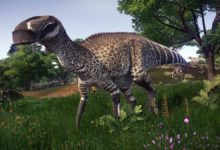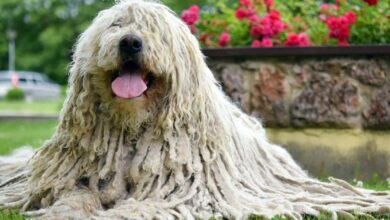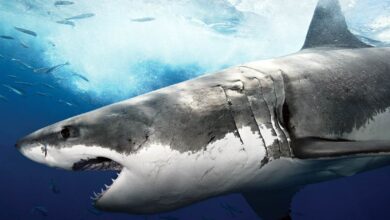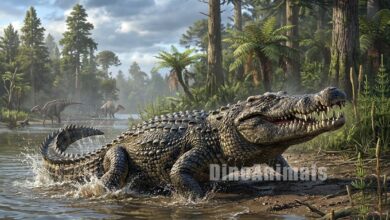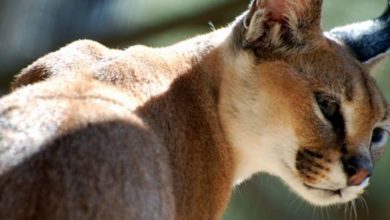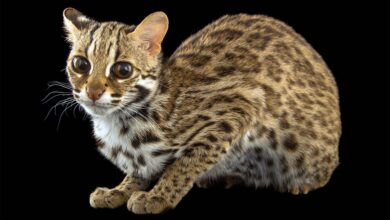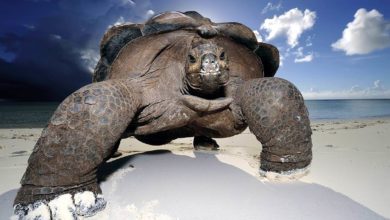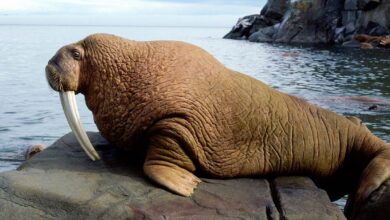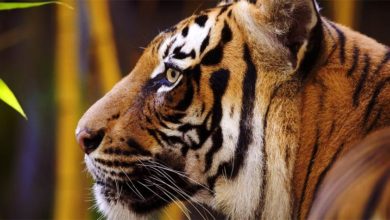Rugops – African predator
Rugops
In comparison to its close relatives, it stands out not only with its short name, but also with its body, especially jaw structure. Rugops – an African theropod, which was doubtfully a skillful active hunter, it rather could have favored carrion. Unusual skull, full of grooves and folds also stimulates the imagination.
Why the described Abelisaurus needed those grooves? We will try to establish this in the following article.
Classification
- Kingdom: Animalia
- Clade: Dinosauria
- Order: Saurischia
- Suborder: Theropoda
- Clade: †Abelisauria
- Family: †Abelisauridae
- Genus: †Rugops
- Species: †Rugops primus
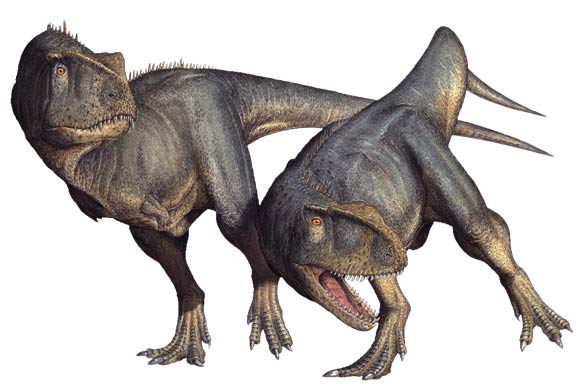
Range and dating
A skull discovered in 2000 belonging to a previously unknown theropod is about 95 million years old – it is the age of the Echkar, geological formation it was found in. The owner of this skull lived in regions that belong to Africa today (strictly speaking in Niger) in the Late Cretaceous.
This relatively recent find allowed experts to not only gain knowledge about the existence of a formerly unknown dinosaur, but thanks to it they also established that in that period the African land was still connected to Gondwana – the southern supercontinent. Abelisaurs found earlier, originated from Madagascar and India as well as South America.
Madagascar is a product of the division of Indian subcontinent, which is why the Abelisaurs living there could not get to Africa and vice versa. This means that the only place that allowed the Abelisaurs to migrate to northern parts of Africa was South America. The Rugops discovery is considered a vital evidence for the connection between Africa and South America at that time.
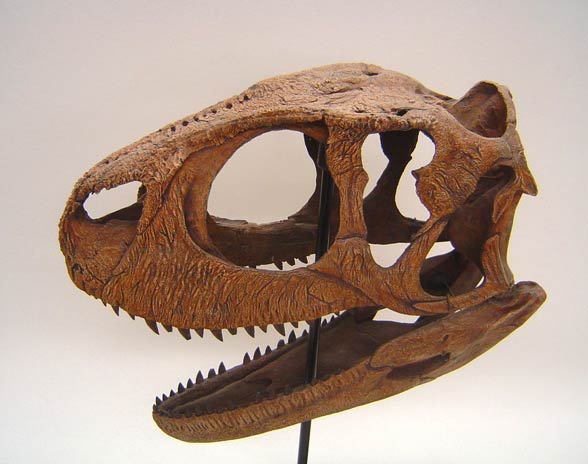
Characteristics
Appearance
All knowledge about Rugops is based on one skull only. However, its size and comparison with relatives allowed estimating the theropod’s body size. It is approved that it could be about 6 meters (19.7 ft) long. As well as other Abelisaurs, it most likely had short front limbs, which were useless in fights. They could be a mean of a counterweight to help compensate for the large head.
The name Rugops may be translated to ‘ wrinkle face’. It refers to numerous depressions in the skull bone material. Supposedly, these bony creases covered large blood vessels, which made the superficial appearance of the theropod`s snout ‘bumpy’.
The function of extra blood vessels has not yet been established. One of the theories claims they provided additional oxygenation to the blood flow. It is also possible that the blood flowing through these channels reached soft tissue to intensify the skin color. Such an evolutional solution could be helpful in terms of breeding – some dinosaurs could have used it to woo potential partners.
The skull also has holes, which role has not been established either. Some speculate that they may have served as a horn or cranial crest attachment point.
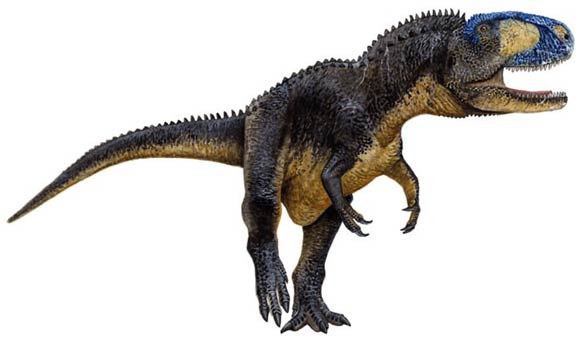
Diet
Paul Sereno which led the team that unearthed the Rugops skull stated that such a structure of the head was neither useful in terms of hunting nor bone crushing. The conclusion is that this theropod was likely a scavenger, rather than active hunter.
Many carnivorous dinosaurs are accused of eating carrion, yet for Rugops it is simply the most probable possibility. Furthermore, the Abelisaurus family is known for their relatively weak jaws, especially comparing to the astonishingly strong jaws of Late Cretaceous dinosaurs. Additionally, Rugops had probably much weaker teeth than other Abelisaurs.
The abovementioned blood vessels may have helped the dinosaur to acquire carrion, if they were indeed responsible for the snout color alteration. The change of color allowed the dinosaur to scare off other predators from the desired carrion. Regardless of how poor warrior Rugops might have been, it might have looked much more dangerous than it really was. Its ‘warpaint’, which frightened other dinosaurs, prevented direct confrontations with stronger predators.
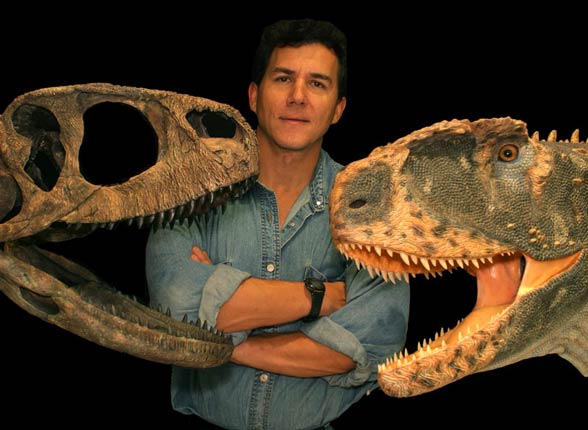
Detailed characteristic / size
Rugops
- Body length: 6-7 m (19.7-23 ft), possibly 7-9 m (23-29.5 ft)
- Weight: about 2 tons (4409 lb)
- Hip height: 2.5 m (8.2 ft)
- Dating: 95 million years ago
- Epoch: Late Cretaceous
- Age: Cenomanian
- Range: North Africa, Niger
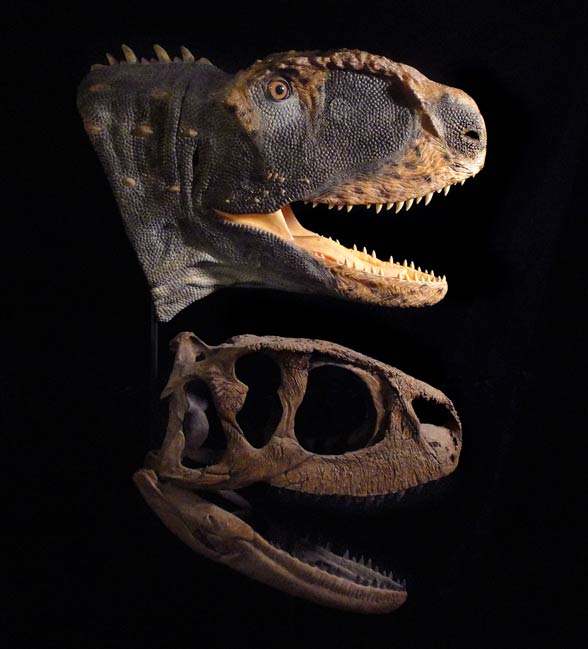
Rugops – interesting facts
- Rugops has a unique, wrinkled skull. No other known theropod had a similar skull structure.
- Rugops was the first Abelisaur discovered in Africa.
- Rugops has one of the shortest names among all dinosaurs.
- Rugops DNA sample was used to create a fictional dinosaur Indominus rex in the movie ‘Jurassic World’.
- Rugops was closely related to Majungasaurus.
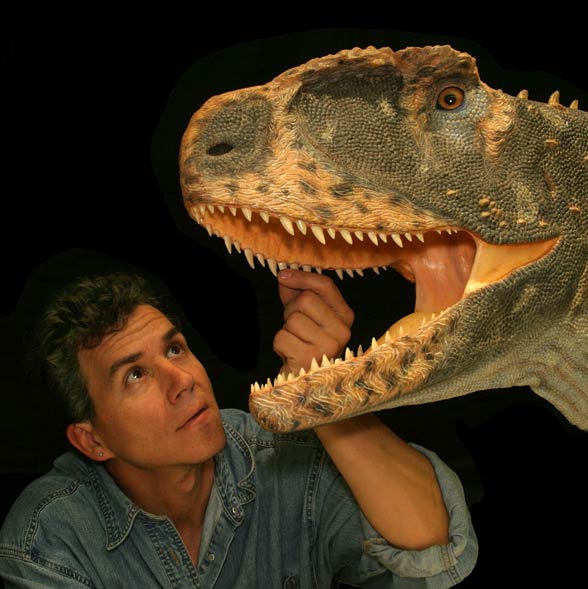
Recommended
- Dinosaurs
- Predatory dinosaurs
- Animals & dinosaurs records
- The fastest animals – Top 100
- The fastest birds – Top 10
- The heaviest dinosaurs – Top 10
- The longest dinosaurs. Sauropods Top 10
- The longest predatory dinosaurs. Theropods Top 10
- The longest and largest ornithopods
- The longest and largest ceratopsians

